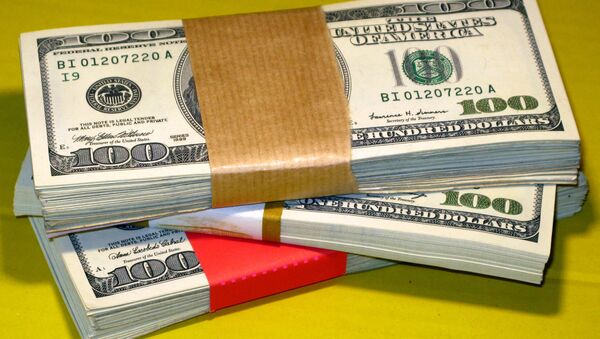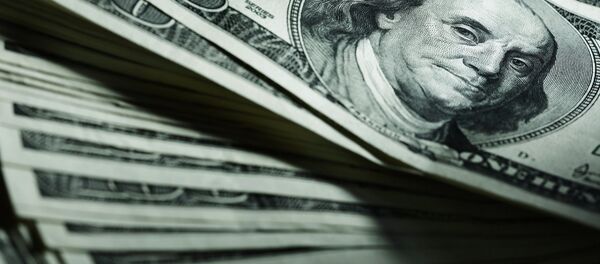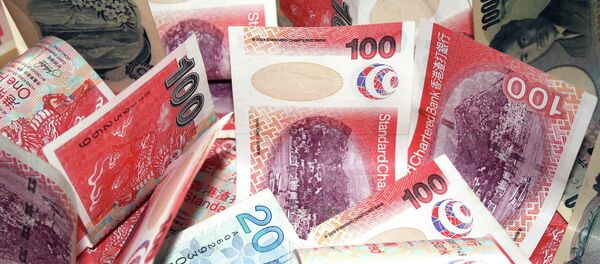The ICE US dollar index, a currency basket which measures it against six of its trading peers, closed at 89.36, up 0.86% from its previous close and the first time since March 2009 that the dollar that has pushed through the 89.00 level.
“A lot of pairs are trading at levels that we haven’t seen in many years,” Lennon Sweeting, a dealer at broker and payment provider USForex Inc, told Bloomberg, with another analyst, market strategist Quincy Krosby, telling the news service, “It looks as if the trend is in, with the dollar strengthening against the other developed [countries’] currencies.”
On Friday, the US Bureau of Labor Statistics released figures showing that in November another 321,000 jobs were added to the economy, bringing the total rise in employment year to date to 2.65 million. The figures also showed a rise in wages by 9 cents from October to November to $24.66 per hour, while average hourly earnings for the year have risen by 2.1%.
“The labor market is healing faster than almost any analysts expected just a few months ago,” Scott Anderson, chief economist at Bank of the West, told the Washington Post. These developments are raising inflation expectations and increasing the likelihood that the US Federal Reserve will raise interest rates next year. The US economy has benefited from a recent sharp decrease in gasoline prices, which are currently at their lowest level for four years, and 52 cents less per gallon than a year ago.
According to the ICE index, the dollar rose 1.38% against the yen to close at 121.50 yen, its highest level in seven years, while the euro closed down 1.29% versus the dollar, at €1.23. Both the Japanese and European Central Banks are considering further action to stimulate their economies, which will likely take the form of quantitative easing measures.



